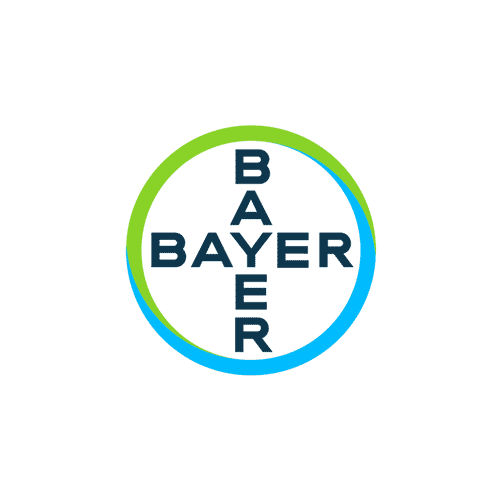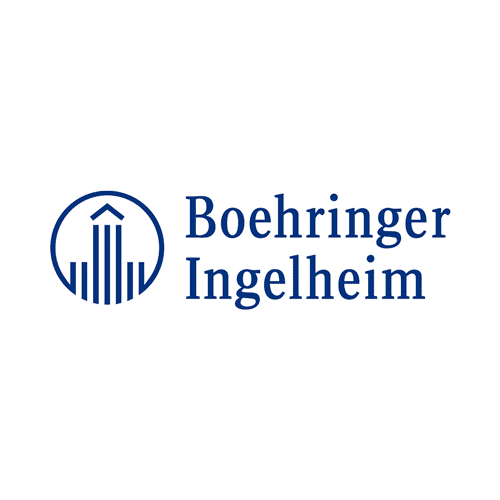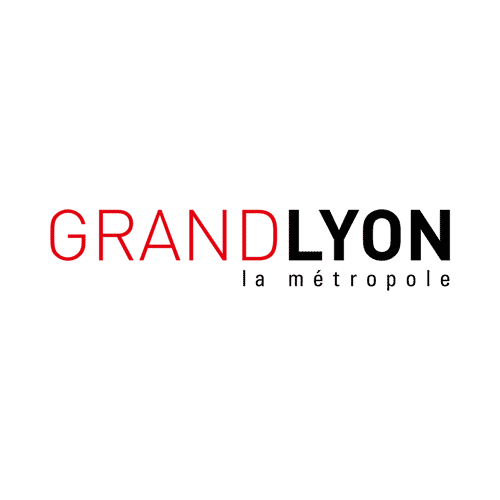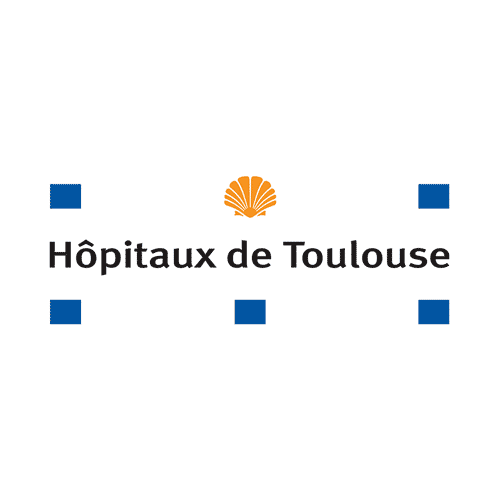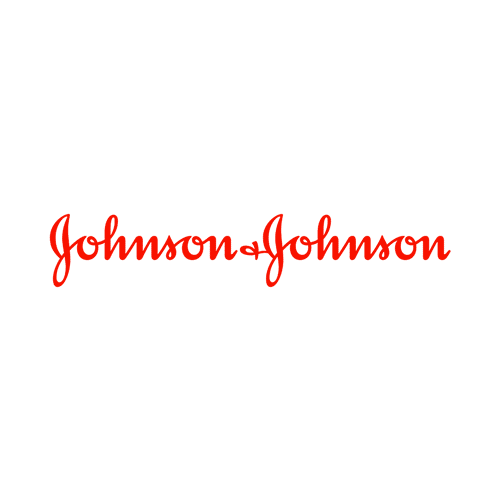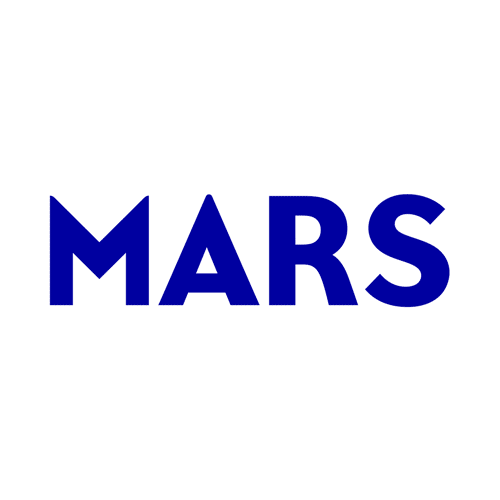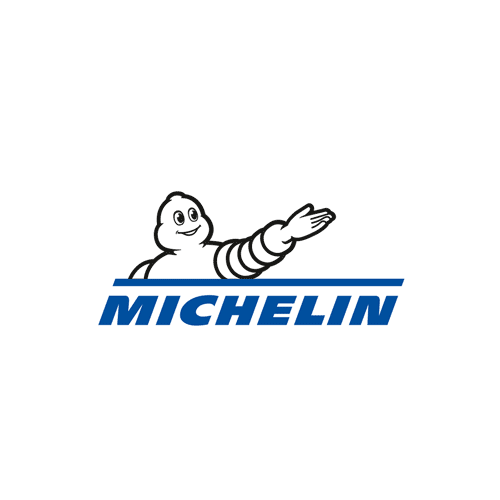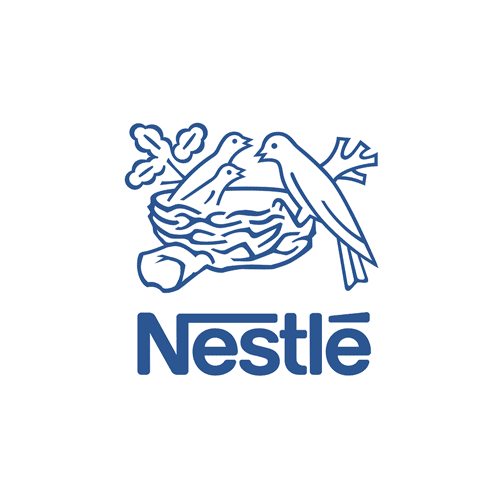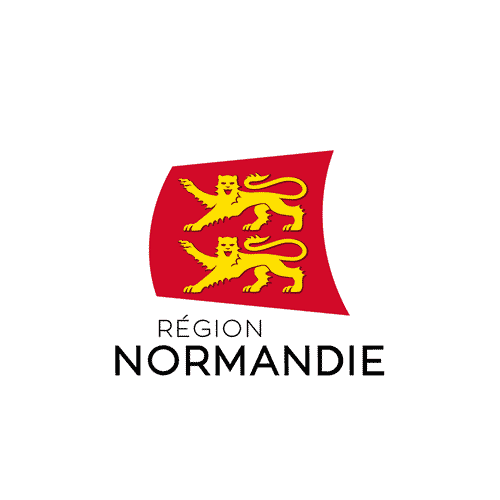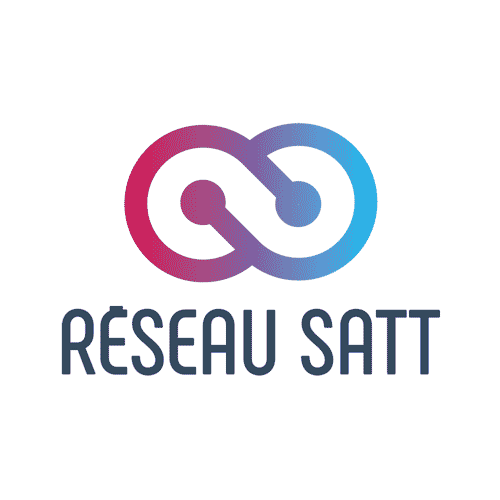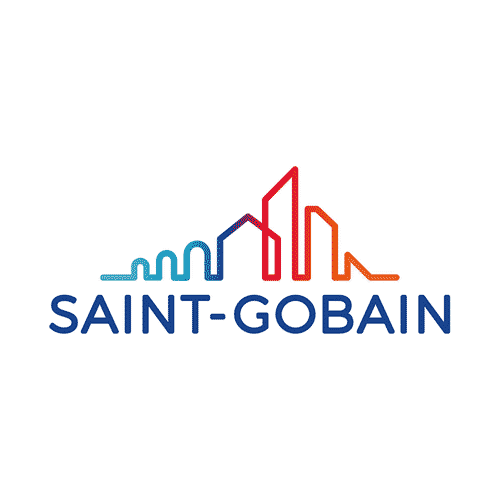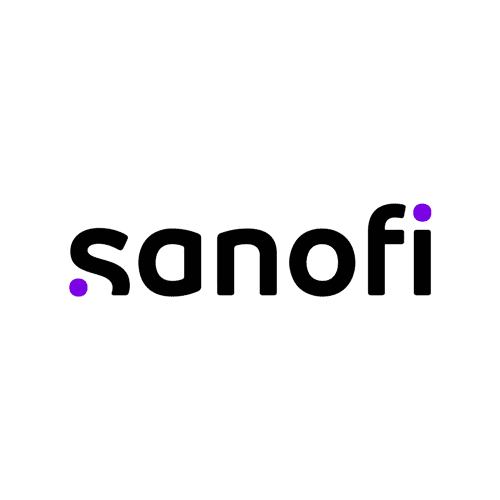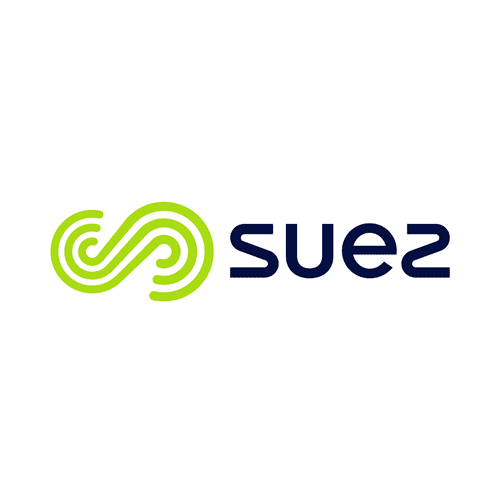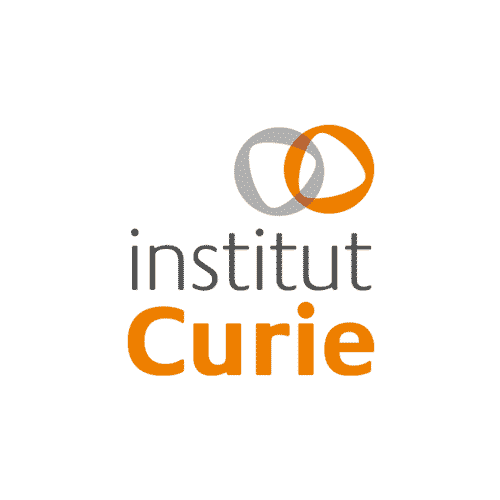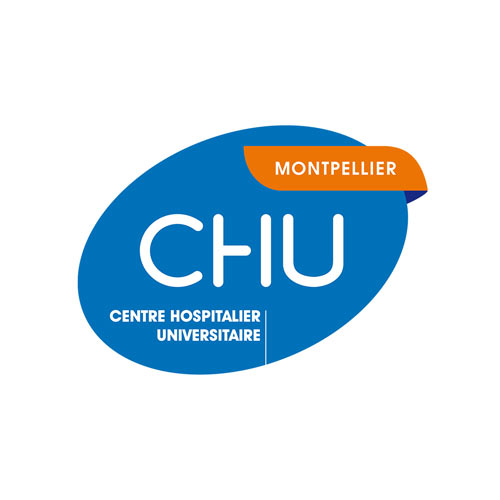
Funding application

Unlock financing for your project by getting support in preparing your funding applications
For more than 30 years, our specialized team has been supporting companies and public institutions in preparing their funding applications for their innovation and R&D projects (H2020, Eurostars, Eurêka, FEDER, FSE, PIA, PSPC, France 2030, ANR, ADEME, Bpifrance, …).
Key success factors for funding applications
Responding to a call for projects or a call for expressions of interest requires methodology and coordination. All types of players may be involved, whether public, private or mixed consortia. The stakes are high, because the application may lead to the funding of all or part of a project, or to certification. To maximise the chances of success, there are a number of key factors to consider:
To avoid wasting time drafting a proposal that does not, or only inadequately, meet the requirements of the call for projects in question, it is crucial to study the published specifications in detail and answer the following questions:
Does the scope of the project meet expectations? What scientific or technical skills and advances are required? Is the organisation submitting the application eligible and in the best position to meet the requirements of the call for projects? Is the project budget consistent with the proposed funding envelope and terms and conditions? Are there other, more appropriate funding sources?
Often, an application is based on the integration of partners or a consortium. The choice of partners is crucial in order to bring together all the resources and skills required for the project. The choice of partners can also consolidate the legitimacy of the project and ensure its operational implementation, maximising the chances of success.
Which partners should be involved to ensure that the project has all the skills it needs? Could public or private partners provide additional resources (biological, technical, IT, etc.)? How can the geographical scope of the consortium be extended in the case of international calls for projects?
Drafting the project brief is the most demanding part of the process, requiring coordination between all the parties involved and alignment on the content of the technical, budgetary, legal and intellectual property sections. The introduction of collaborative tools, the organisation of group work sessions and the definition of a retro-planning with shared drafting help to frame and ensure the success of this demanding phase.
Are everyone’s roles in the drafting process clearly defined? How should the back-planning be organised to guarantee a quality submission on time? Are the resources available sufficient to put the project together?
The value of the project very often counts in the assessment of the application. The aim is to demonstrate the concrete impact of the project and its ability to meet the challenges of the call for projects: development of an innovative therapeutic response, development of a brownfield site to relocate production, development of a bioproduction platform, promotion of know-how as a cultural heritage, or setting up a regional pilot.
What social and economic aspects should I include in my application to enhance the value of my project? Is the ‘impact’ section of my application solid enough? Do I have any market data to highlight? Do I know what the potential competition is?
How we support you in your funding application process
Alcimed assists its clients in the setting up of R&D&I (Research-Development-Innovation) funding applications in response to local, national or European calls for projects. This is a crucial step essential to the launch of an innovation project. This is why it requires time and specific skills. Alcimed supports you in your response to calls for projects or expressions of interest.
What they say
Examples of recent funding applications carried out for our clients
You have a project?
To go further
Founded in 1993, Alcimed is an innovation and new business consulting firm, specializing in innovation driven sectors: life sciences (healthcare, biotech, agrifood), energy, environment, mobility, chemicals, materials, cosmetics, aeronautics, space and defence.
Our purpose? Helping both private and public decision-makers explore and develop their uncharted territories: new technologies, new offers, new geographies, possible futures, and new ways to innovate.
Located across eight offices around the world (France, Europe, Singapore and the United States), our team is made up of 220 highly-qualified, multicultural and passionate explorers, with a blended science/technology and business culture.
Our dream? To build a team of 1,000 explorers, to design tomorrow’s world hand in hand with our clients.
A funding application involves identifying the right funding agency, defining and structuring the innovation project in response to the expectations of the potential funder, finding a partner, putting the funding application and monitoring its processing.
- The first step in putting together a funding application is to target the most appropriate call for projects. Active monitoring strategies can help identify opportunities.
- Once it has been decided that it is worth submitting an application, the promoter must look for partners in order to consolidate the application.
- The writing part then consists of completing the form provided with all the information required. This often requires working sessions to consolidate the project, particularly its scientific, financial and legal aspects.
- Once the application has been submitted, additional oral assessments may be organised.
